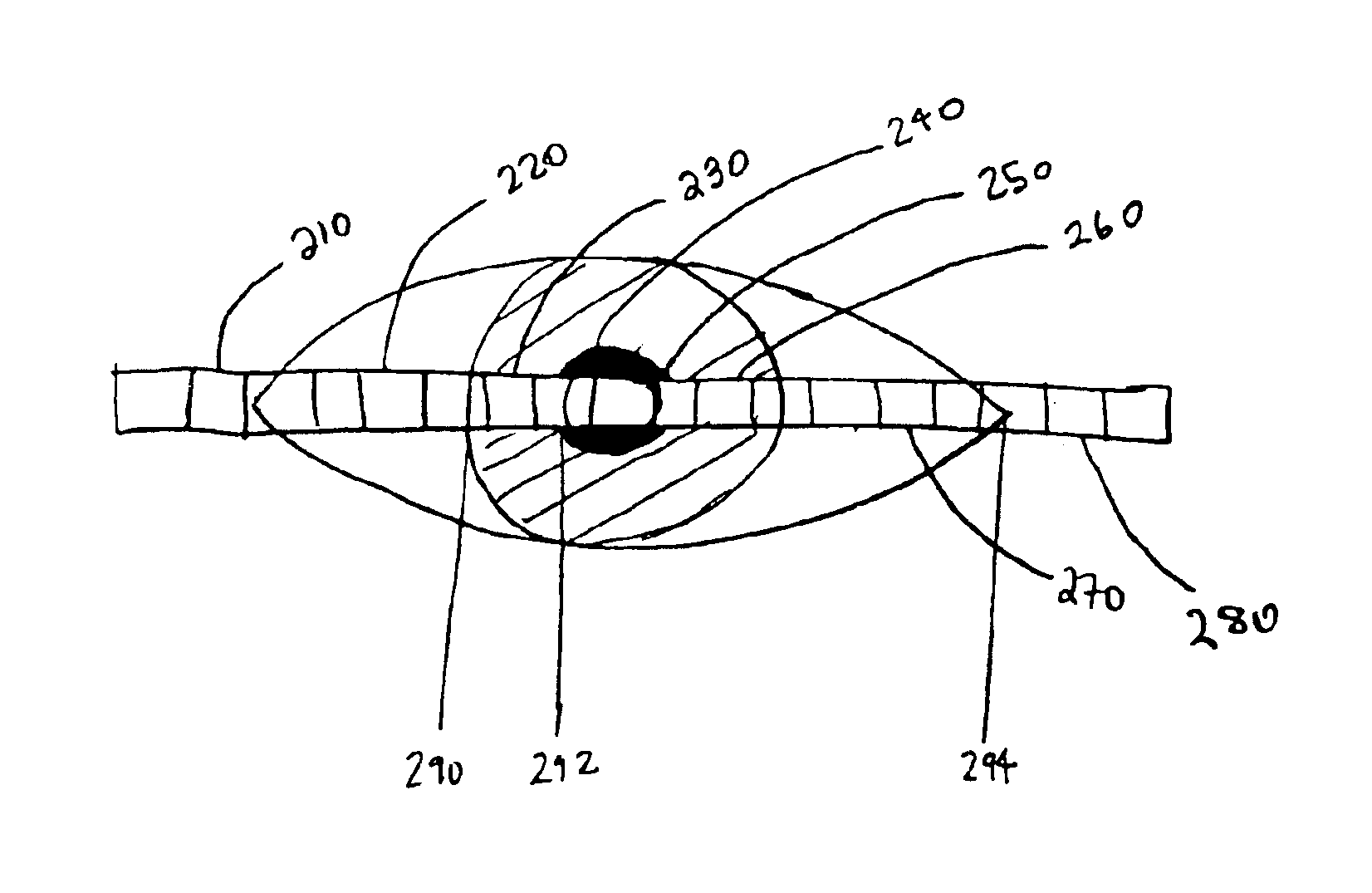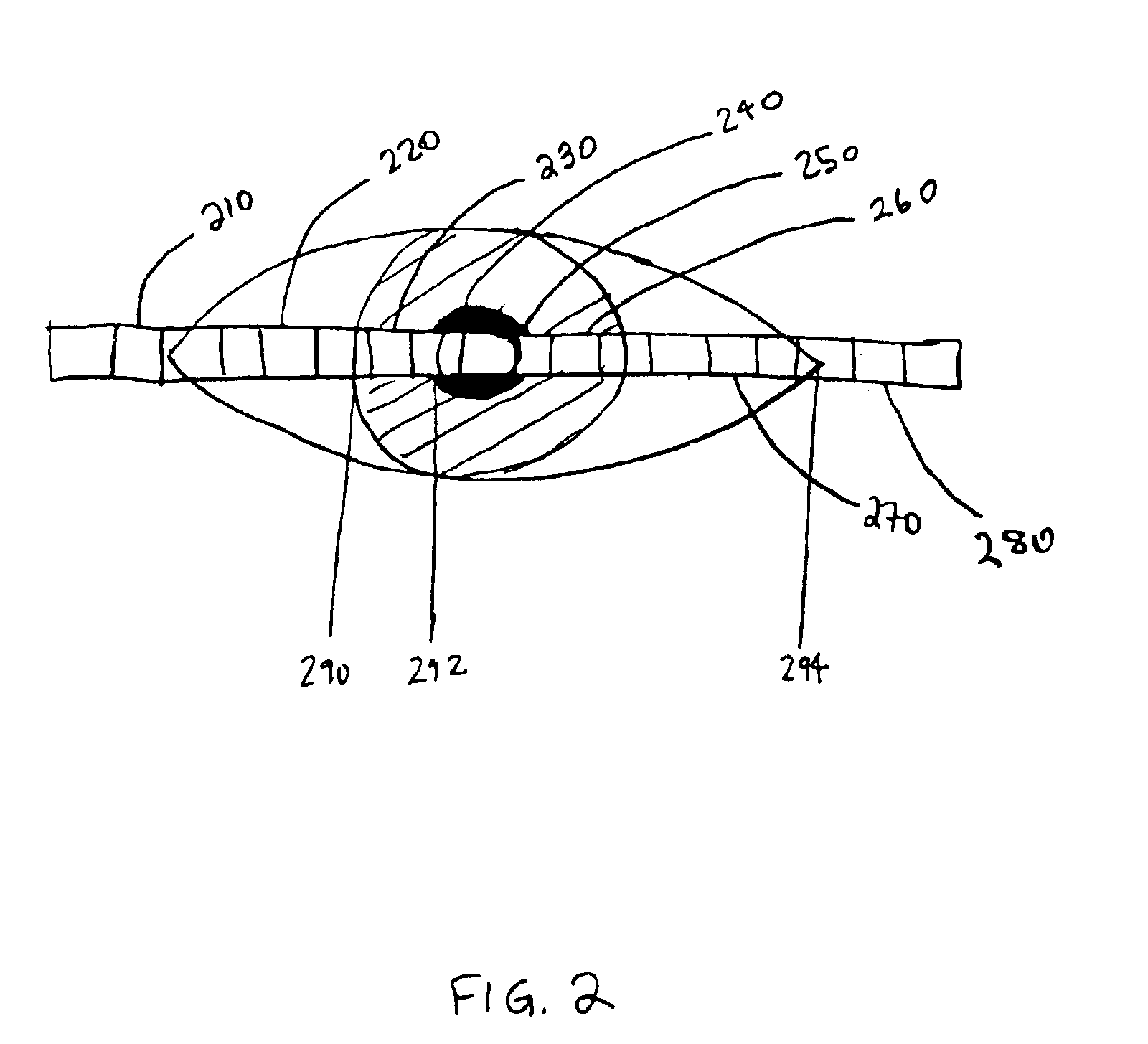Object detection using dynamic probability scans
- Summary
- Abstract
- Description
- Claims
- Application Information
AI Technical Summary
Benefits of technology
Problems solved by technology
Method used
Image
Examples
Embodiment Construction
[0018]The present invention provides systems and methods, including computer program products, for detecting an object in an image. The invention can be used to detect any object in an image so long as the object can be defined by a set of parameterized features and a one-dimensional scan through a portion of the image corresponding to the object produces a recognizable pattern that distinguishes the object from other objects in the image.
[0019]As shown in FIG. 1, a system 100 in accordance with the invention includes a scanning module 110 and a processing module 120. The scanning module 110 and the processing module 120 can be implemented either as separate modules or as a single integrated module.
[0020]The scanning module 110 is operable to receive an image 130. The image 130 can be a raster of rows and columns of pixels. Each pixel has one or more intrinsic properties (e.g., color, opacity) and each intrinsic property can have one or more associated values. Thus, for example, col...
PUM
 Login to View More
Login to View More Abstract
Description
Claims
Application Information
 Login to View More
Login to View More - R&D
- Intellectual Property
- Life Sciences
- Materials
- Tech Scout
- Unparalleled Data Quality
- Higher Quality Content
- 60% Fewer Hallucinations
Browse by: Latest US Patents, China's latest patents, Technical Efficacy Thesaurus, Application Domain, Technology Topic, Popular Technical Reports.
© 2025 PatSnap. All rights reserved.Legal|Privacy policy|Modern Slavery Act Transparency Statement|Sitemap|About US| Contact US: help@patsnap.com



